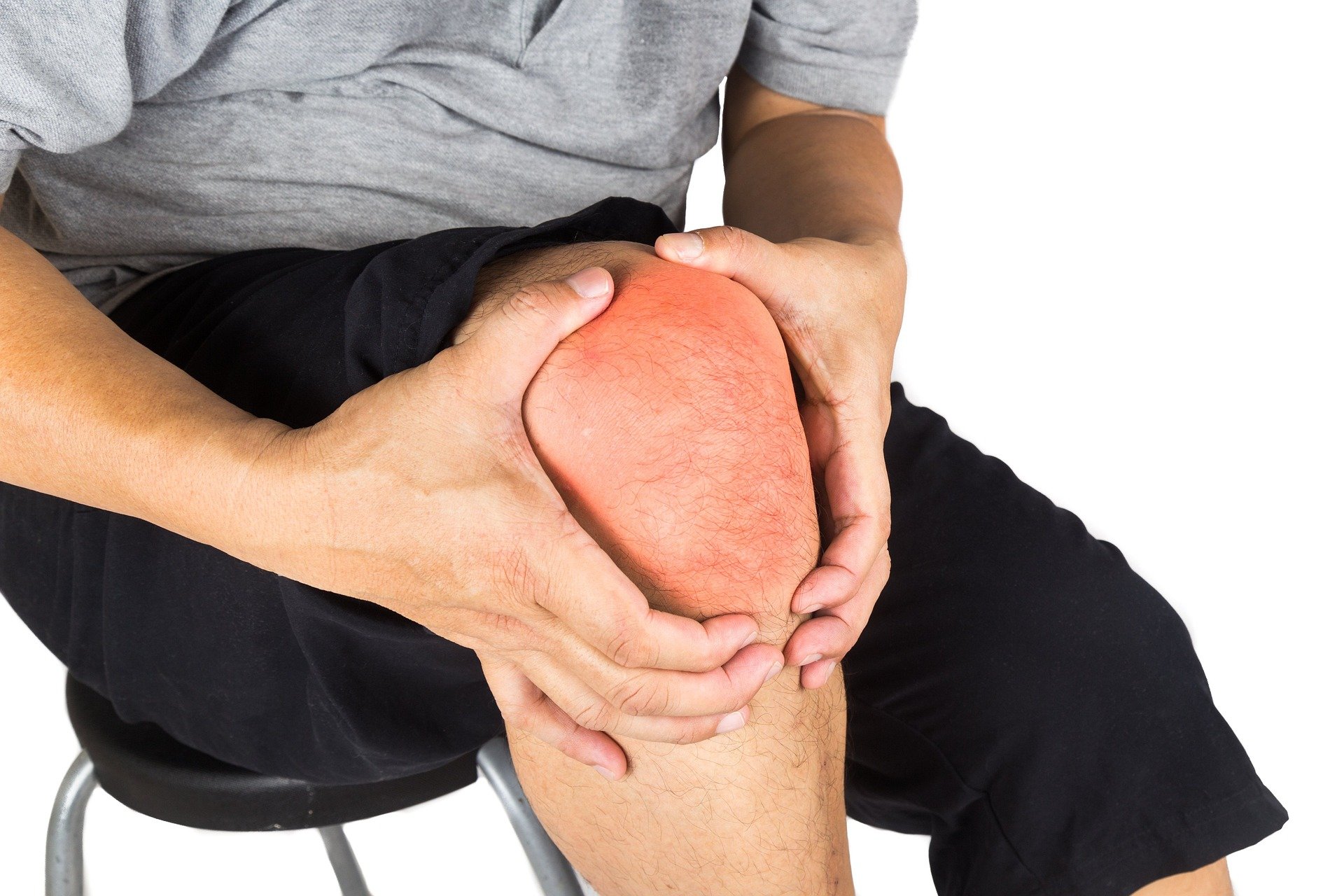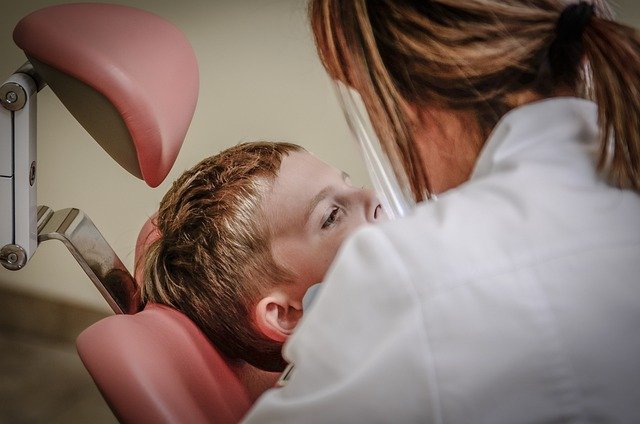Common Causes of Inner Knee Pain and How to Treat It
The inside of your knee can hurt for many reasons, but it often occurs due to cartilage deterioration. It can also follow a sports injury or trauma to your knee. Knee pain is common and can be a symptom of many knee conditions or injuries. The inside of your knee, also called the medial knee or the medial compartment, is the area of the knee that’s closest to your opposite knee. Your knee consists of the intersection of four bones, four ligaments, several tendons, two menisci, and cartilage. It is easily injured because it’s one of the most complex joints in the body.

Understanding and Managing Inner Knee Pain: A Comprehensive Guide
Knee pain is a common issue that affects individuals of all ages. As the junction of three bones, the knee joint is a complex structure that can be susceptible to various forms of injury and strain. This article focuses on inner knee pain, discussing its common causes, treatments, and exercises that can alleviate the discomfort.
Common Causes of Inner Knee Pain
Inner knee pain refers to the discomfort felt on the inside of the knee, closest to the opposite knee. It can be caused by several conditions, including but not limited to:
-
Medial Meniscus Tear: The meniscus is a C-shaped cartilage that acts as a cushion between the thigh bone (femur) and shin bone (tibia). A tear in the medial meniscus, located on the inner side of the knee, can cause pain and swelling.
-
Medial Collateral Ligament (MCL) Injury: The MCL connects the femur and tibia on the inner side of the knee. Overstretching or tearing of the MCL often leads to inner knee pain.
-
Arthritis: Osteoarthritis, rheumatoid arthritis, and gout can affect the inner knee, causing pain, stiffness, and swelling.
-
Pes Anserinus Bursitis: This condition occurs when the bursa (a small fluid-filled sac) on the inner side of the knee becomes inflamed.
Treating Inner Knee Pain
The treatment for inner knee pain depends largely on its cause. Some common treatments include:
-
Rest and Elevation: These allow the knee to recover and can reduce swelling.
-
Physical Therapy: Specific exercises can strengthen the muscles around the knee, improving stability and reducing pain.
-
Medication: Over-the-counter and prescription drugs can alleviate pain and inflammation.
-
Surgery: In severe cases, such as a torn meniscus or ligament, surgery may be necessary.
It’s crucial to consult a healthcare professional for an accurate diagnosis and appropriate treatment plan.
Exercises for Inner Knee Pain
Certain exercises can help relieve inner knee pain, including:
-
Hamstring Curls: These strengthen the muscles in the back of the thigh, which support the knee.
-
Quadriceps Stretch: This stretch can increase flexibility and reduce tension on the knee.
-
Straight Leg Raises: These can strengthen the muscles around the knee without adding pressure to the joint.
Always consult a physiotherapist or trained professional before starting a new exercise regime.
Frequently Asked Questions
This section addresses some common queries about inner knee pain:
Q: Can inner knee pain be a sign of something serious?
A: While inner knee pain can often be managed with home remedies and exercises, it can sometimes signal a serious condition such as a ligament tear or arthritis. Seek professional medical advice if you experience severe pain, sudden swelling, or inability to move the knee.
Q: Can exercises worsen inner knee pain?
A: If done incorrectly or without proper guidance, certain exercises can exacerbate knee pain. It’s essential to consult a physiotherapist or trained professional who can tailor a safe and effective exercise program for you.
Knee Pain Treatment in Singapore
In Singapore, there are numerous healthcare facilities that offer treatment for knee pain. These include public hospitals like Singapore General Hospital, private orthopedic clinics such as OrthoSports, and physiotherapy centers like Core Concepts Physiotherapy Centre. Treatment costs vary; hence, it’s recommended to do your research and consult with these facilities directly for an accurate estimate.
Remember, knee pain is not something you have to live with. By understanding its causes, seeking appropriate treatment, and performing suitable exercises, you can manage the pain and improve your quality of life.
Please note that this article is for informational purposes only. Always seek professional medical advice for any health concerns.




